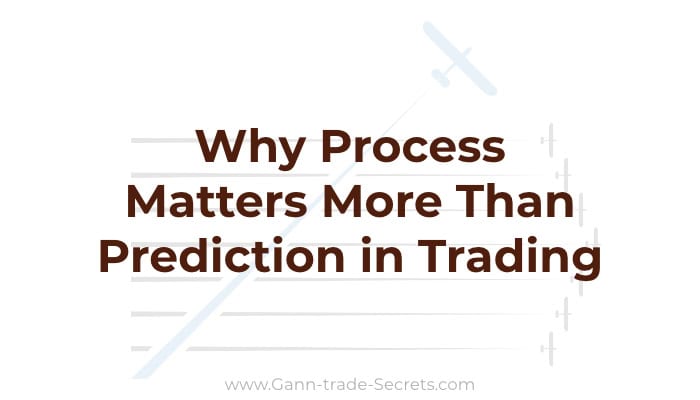After Monday’s high, Nifty and Bank Nifty declined steadily — leading most traders to believe the trend had turned bearish.
But we didn’t see it that way.
What looks like a breakdown to the crowd can often be a setup — if you’re looking at it through the right lens.
And this week, that difference in perception mattered more than any indicator.
By today (Thursday), both indices reached a very specific point — a place where, if you knew what to look for, the downtrend wasn’t extending… it was ending.


And that’s exactly what happened. The market reversed sharply.
The Real Edge: Seeing What Others Overlook
Most traders rely on traditional tools — lagging indicators, patterns, or news.
But these methods often miss the deeper structure of the market, especially when it comes to spotting trend changes early.
Real clarity comes from viewing the market differently — from a perspective that may not align with conventional logic, but consistently delivers results.
The edge isn’t about guessing or jumping in first.
It’s about recognising structural changes before they become obvious, by combining logic, timing, and price together.
That’s the value of thinking beyond the usual.
Not what’s popular. Not what’s obvious.
But a clearer sense of what the market is doing — and preparing to do.
Looking at the Market Differently
Many traders enter late or exit too early — not due to lack of effort, but because the tools they rely on are designed to explain past moves, not to interpret the market’s current position.
That’s where having a different perspective makes the greatest impact.
When you view the market through price and structure together, your decisions become more deliberate and balanced.
It’s not about predicting what comes next — it’s about being prepared when key conditions align, so your actions aren’t rushed or reactive.
That’s how the move unfolded today.
It wasn’t unexpected — it developed within the structure we were already tracking.
A different view of the markets and price charts reveals what others overlook.
Not the usual view. But a deeper one.
Not what’s popular. Not what’s obvious.
What It All Comes Down To
We often say trading is about discipline, planning, and patience.
But it’s also about how you see things.
Because two traders can look at the same chart…
One sees fear.
The other sees opportunity.
The difference?
Perspective.

And if you’re curious about how this perspective works — not as theory, but in real-time markets — the Trend Square method makes that possible. – Divesh.
If you’d like to learn more about the Trend Square course, feel free to email me at [email protected]. I’ll be happy to share the details with you.
Does this method involve forecasting future prices?
No. The Trend Square method doesn’t predict the future. It helps you identify areas where a trend change is likely so that you can prepare in advance. It’s not forecasting, but a systematic way to identify key changes in price trends.
How is the Trend Square Method different from the indicators and patterns I already use?
Most indicators or traditional trading tools show what’s happening, not what’s forming. Trend Square focuses on structure, a specific concept related to price, to identify entry and exit points early. It offers clarity without relying on conventional patterns or lagging indicators.
Does the method work for intraday or swing trading?
Yes. The method works across all timeframes — from 5-minute charts to monthly. Whether you’re a day trader or a positional trader, you can apply the same strategy consistently.
Do I need to understand Gann’s other methods to learn this?
Not at all. Trend Square is built on a unique concept from Gann’s work, but it doesn’t require any prior Gann knowledge. The course breaks it down step-by-step, so it’s accessible even if you’ve never studied Gann before.


